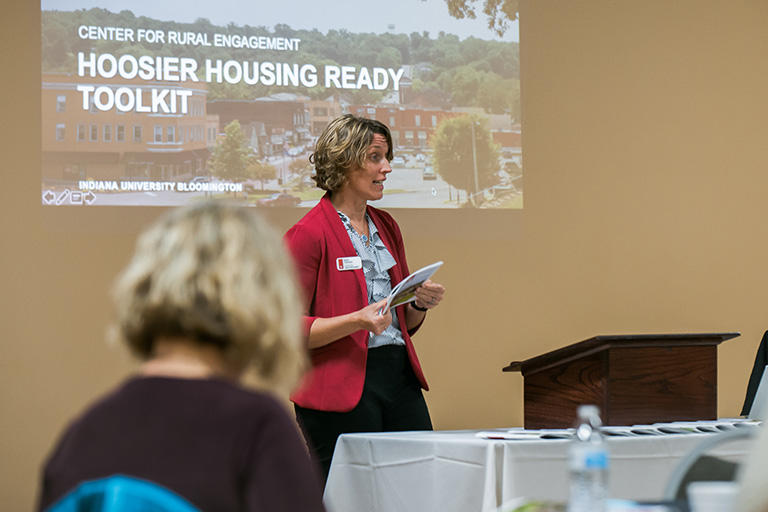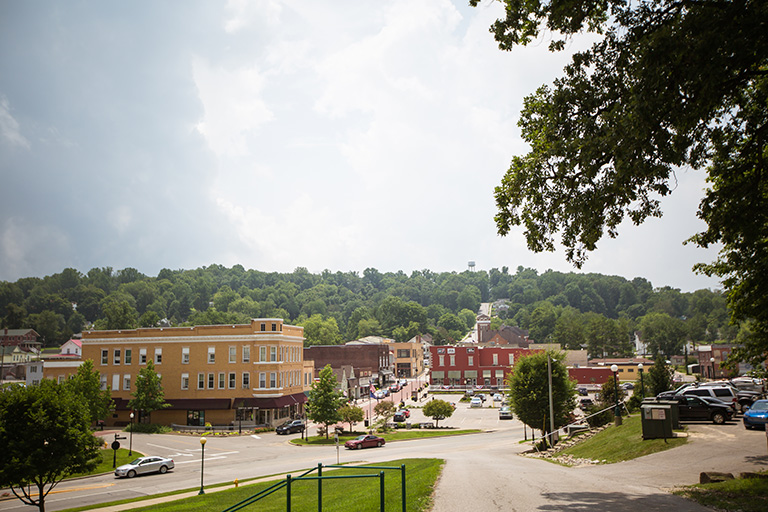From the moment I started working with communities in rural Indiana, leaders were asking what the Center for Rural Engagement could do to help with the housing crisis.
The details of the housing challenges in each community vary, but the narrative is largely the same: employers seeking to attract new employees, and local residents wanting to purchase their first home or downsize to age in place, are struggling to find options.
Solving a multi-faceted problem like housing shortages requires a tiered approach, but there is one place every community should start: by developing a housing leadership group first.
Every community has at least one site that could be a good fit for development, even if it’s a small one. Housing leadership is needed to engage residents and officials in action-oriented planning to identify these potential sites and coalesce around a desirable outcome for them. Many rural communities do not have planning departments or local housing experts, but every community has individuals who are concerned about the future of housing. Sometimes the best housing leaders do not come from backgrounds involved in land development or construction—they are the leaders who know how to assemble a team and address a community need.
The center published its Hoosier Housing Ready Toolkit in March 2020 to empower communities to develop their housing leadership. The toolkit guides communities through the process of preparing for and attracting residential development. Housing is complex; the toolkit is meant to demystify the process and focus efforts on a step-by-step approach that will position the community to attract housing investment.




